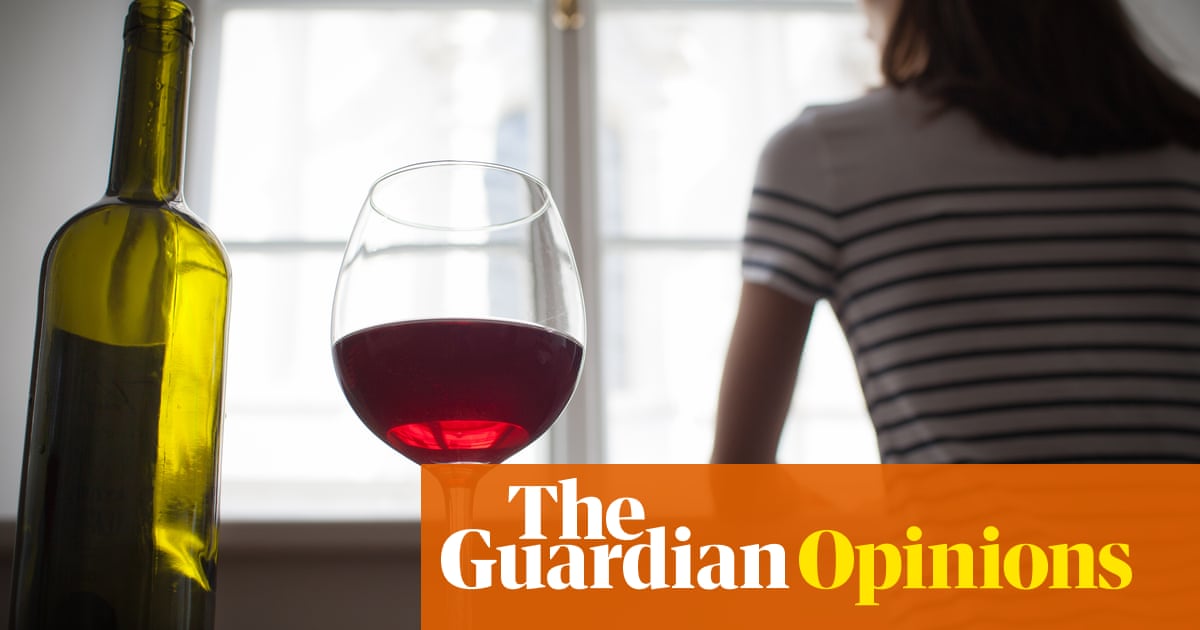For most of her 20s, Jamie* mastered the art of keeping things on the surface. She was the funny one, the party starter, the friend who never said no to another round of drinks. To friends and colleagues, she seemed effortlessly confident.
But beneath the banter and bravado was a deep discomfort – with silence, with vulnerability, and most of all, with herself.
“I didn’t even realise I was numbing anything,” she told me in one of our recent therapy sessions. “I just thought I liked to have fun. But looking back, I was terrified of feeling anything real.”
Jamie, now 39, is part of a growing number of Australians rethinking their relationship with alcohol. For her, drinking wasn’t just a habit, it was a coping mechanism – although she was the last one to realise this. She was drinking to blur the edges.
There wasn’t a traumatic event that she could remember, but because feeling sad or lonely or anxious felt unbearable, alcohol helped her skip past that. It worked – until it didn’t.
Her “bottom” wasn’t dramatic; she told me in one session it was more like a slow hollowing, and she got tired of waking up feeling like a stranger to herself.
The turning point came in the early months of the pandemic. Isolated from friends, stripped of distractions, she began to realise how often she reached for wine to fill the space. “One night I was sitting alone with a glass of pinot, and I remember thinking – what would happen if I didn’t drink this?”
That question changed everything.
Jamie decided to stop drinking “just for a month”. But when the fog began to lift, she couldn’t go back. She describes early sobriety as raw and revealing. She was suddenly face to face with everything she pushed away for years – grief, anxiety, even joy – and it became overwhelming.
Alcohol addiction is often less about the substance itself, and more about what it helps a person avoid.
From a clinical standpoint, we understand alcohol not just as a chemical dependency, but as an emotional anaesthetic – one that temporarily blunts the nervous system’s distress signals. Many individuals who struggle with problematic drinking patterns may have started out chasing pleasure and to be social; but consistent reliance upon alcohol can result in using it to flee pain such as unprocessed grief, chronic stress, shame, anxiety or trauma.
The neurobiology of addiction reveals that alcohol activates the brain’s reward system while simultaneously suppressing the prefrontal cortex, impairing emotional regulation and decision-making. In this way, alcohol becomes a fast, accessible tool for short-term relief – even if it compounds emotional dysregulation in the long term.
What makes this cycle so complex is that emotional numbing isn’t always conscious. Clients often present in therapy describing “overwhelm”, “flatness” or “disconnection”, without immediately recognising that these are signs of emotional avoidance – and that alcohol has become part of that equation. Therapy helps illuminate the underlying patterns: how early attachment dynamics, adverse childhood experiences or unresolved trauma may have shaped a person’s tolerance for emotional discomfort.
A trauma-informed approach encourages clients to build somatic awareness, develop emotional literacy and begin tolerating – rather than bypassing – their internal experience. Recovery, then, is not only about abstaining from alcohol; it’s about being able to stay present with what’s real and building a nervous system that can feel without needing to flee.
In group therapy with professional guidance, Jamie started to see how she had numbed her emotions and buried the difficulties she had experienced in her life. “I sat with just me,” she recalled. “And I started crying and couldn’t stop. It felt like every emotion I’d stored was finally being released.”
I encouraged Jamie to begin journalling daily and start each entry with the question: “What am I feeling today?” Sometimes she said it was anger. Sometimes relief. Sometimes nothing at all. Jamie finally allowed herself to feel – not with fear, but with curiosity. Our emotions can serve as signposts, gently pointing us toward the places where healing is needed: our blockages, our numbness and the parts of us that have gone quiet in the face of hopelessness.
Recovery – from drinking, from disconnection, from self-avoidance – isn’t linear, and Jamie is still in that process. But what’s changed is her willingness to stay with herself, especially when things feel hard.
Jamie is one of many emerging in what some call the “sober curious” movement. But for her, it’s not about labels or lifestyle – it’s about presence. She’s not interested in moralising alcohol use. It’s not about judging drinking. It’s about asking why.Whyam I drinking?Whatam I avoiding? Can I support myself with awareness? And what might be possible if I stopped?
In a culture where numbing is easy – scroll, sip, swipe – choosing to feel can feel too hard. It’s important to take at least one quiet moment a day to ask yourself:What am I feeling?You might be surprised by the answer.
- All clients discussed are fictional amalgams
Diane Young is a trauma specialist and psychotherapist atSouth Pacific Private, a trauma, addiction and mental health treatment centre
In Australia, support is available atBeyond Blueon 1300 22 4636,Lifelineon 13 11 14, and atMensLineon 1300 789 978. In the UK, the charityMindis available on 0300 123 3393 andChildlineon 0800 1111. In the US, call or textMental Health Americaat 988 or chat 988lifeline.org
